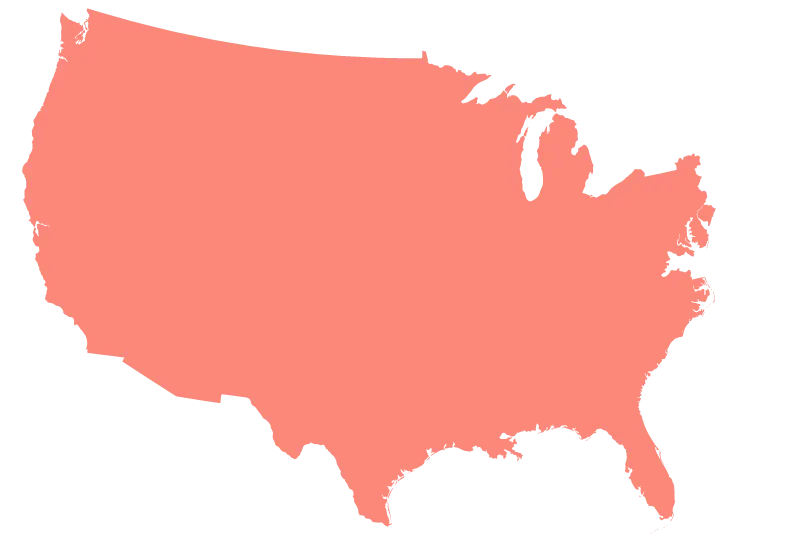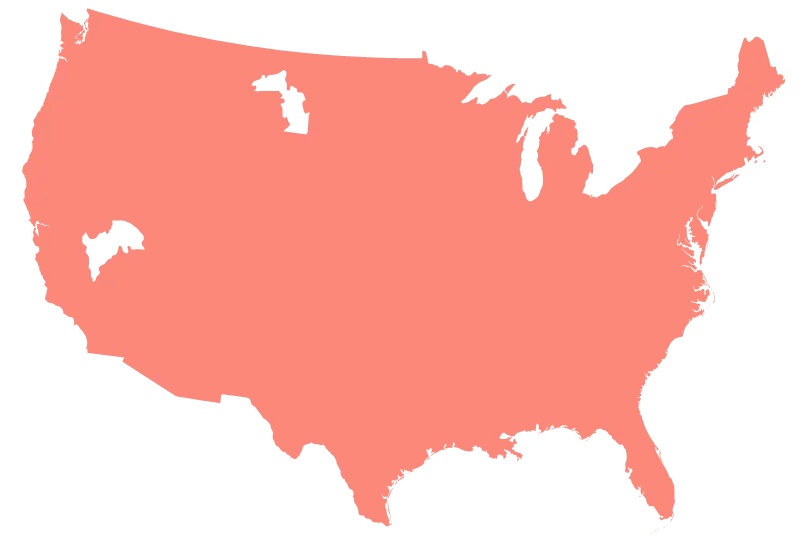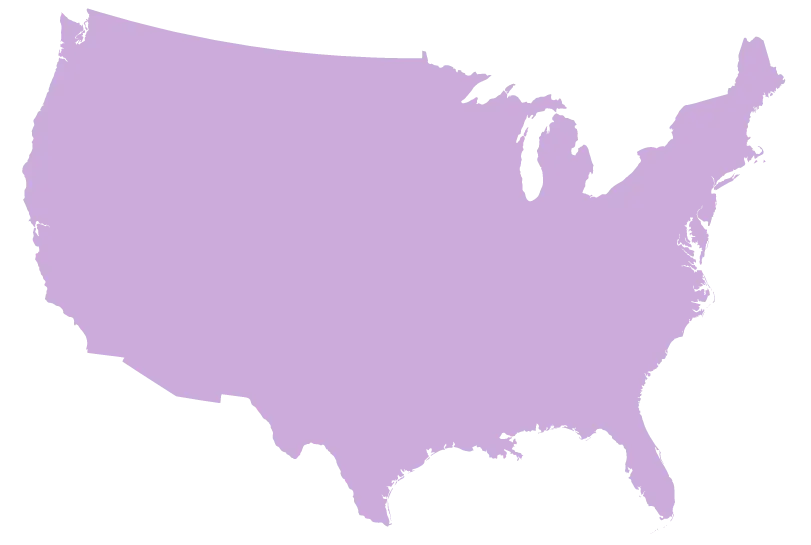Order fulfillment services for ecommerce
We’ve been supporting growth for ecommerce companies with our order fulfillment services since 2013. We’ll be here to support the next decade of your growth.









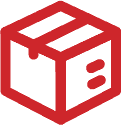
Same-day order fulfillment

Accuracy, inventory, and speed guarantees

Strategically-placed warehouses
Trusted by the best in ecommerce





Red Stag is built different than the typical order fulfillment 3PL
(and the ones you see advertising everywhere)










Industry-leading guarantees
You’re handing your 3PL millions of dollars of your inventory. Your 3PL should guarantee they’ll take good care of it, and your customers.
Learn more about our guarantees

Just two strategically-located warehouses
Usually, more warehouse locations does not equal better. We realize you may have heard the opposite, so we wrote about why we have just two locations here

A team that gets order fulfillment on a deeper level
Members of our sales team and our client success team started on the warehouse floor. When you talk to us, you’ll talk to people who get it, and who have a direct line to the warehouse floor when issues arise.

A bootstrapped, long-term oriented company
Our founders still own 100% of Red Stag. Meaning: no venture capitalists pushing for growth at all costs. We’re well-capitalized and focused on building a company where our incentives are aligned with yours.
Big enough to scale,
small enough to care
In 2012, our co-founders, who were ecommerce operators, were on their 3rd 3PL and struggling. Missed shipments, lost inventory, and unhappy customers.
Being entrepreneurs, they made the classic entrepreneur move—build the business they wish they’d found.
So, in 2013, Red Stag Fulfillment was born to provide ecommerce fulfillment services to other ecommerce brands (and their own brand).

“Red Stag Fulfillment got us set up quickly and with little effort on our side. We were onboarded just in time for our peak season, and Red Stag right away delivered flawlessly. They even accommodated our last-minute changes by taking on additional order volume and inbound deliveries, all while beating the promised SLAs. The Red Stag team always replied, “Happy to help!” when we were in a bind due to our order volume being two times our forecast. Red Stag Fulfillment exceeded our expectations from the start. They have already become a valued partner.”

Chief Information Officer
Hexclad









The Red Stag Difference
Poor fulfillment destroys value for your brand.
So, we created Red Stag Guarantees — either we hit these guarantees, or we pay you for our mistakes.
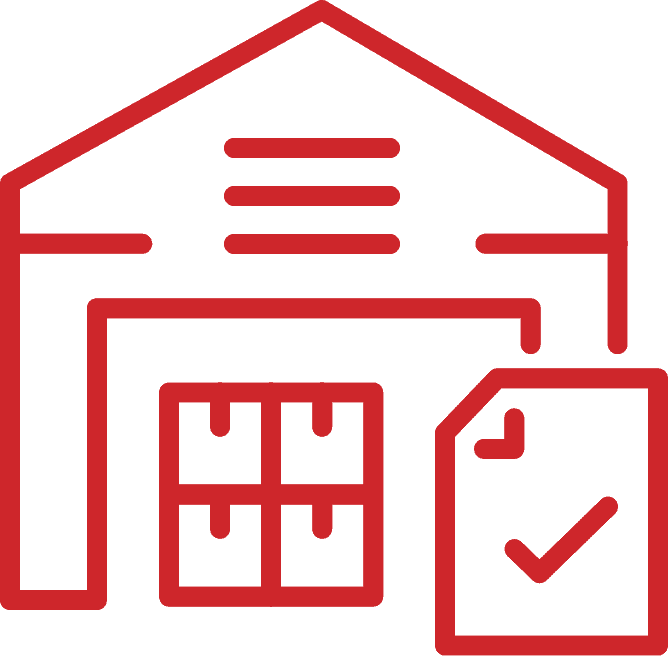
Dock-to-stock in 2 business days
We receive all shipments in less than two days because “Out of Stock” is never okay.

No shrinkage allowed
Once we receive your product, we won’t lose it or damage it.
P.S. Ask other 3PLs about their shrinkage allowance.
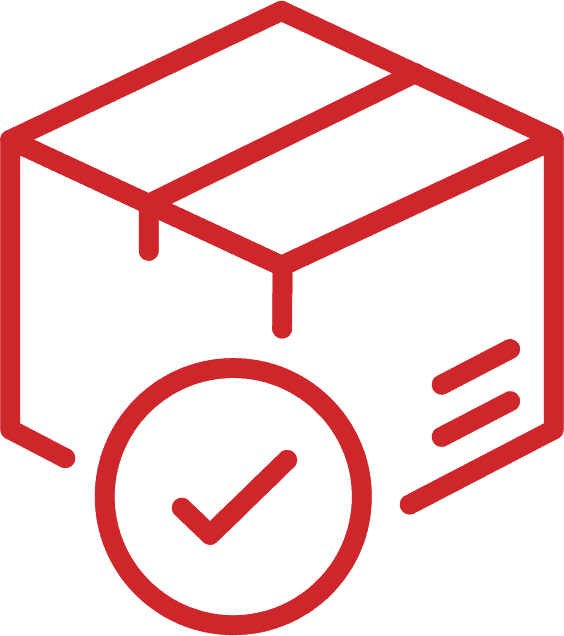
Pick & pack accuracy
We get the right stuff to the right customer, or we’ll pay you for the mistake.

On-time shipments
We get orders out the door on time, every time—with same day shipping available.
Red Stag Fulfillment’s network of order fulfillment centers across the U.S. means that the cost to ship orders to your customers is drastically reduced. Combined with shipping rate discounts & same-day fulfillment service guarantees, our national fulfillment network will save your business money while increasing your customers’ satisfaction.
Don’t just take our word for it
What clients have to say about our ecommerce and order fulfillment services









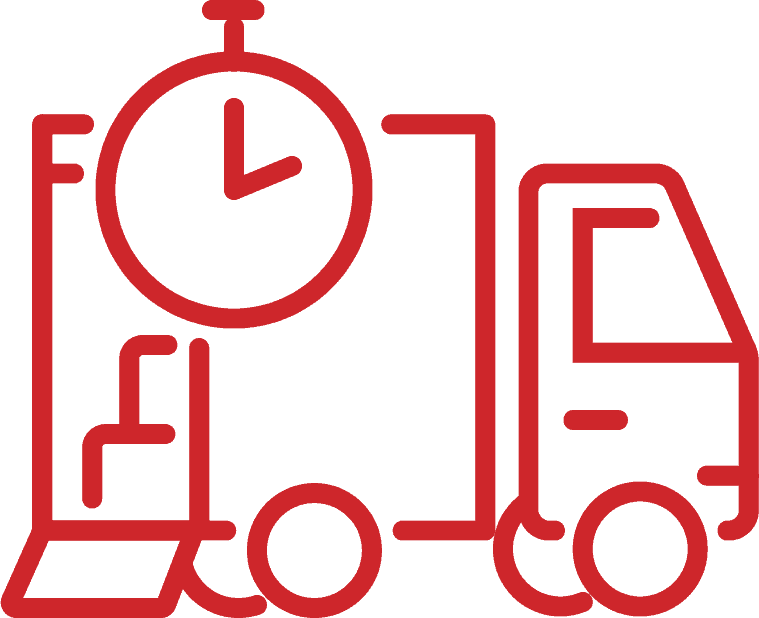
Same-Day ecommerce shipping & fulfillment services
Today’s ecommerce customer expects their order to arrive at their doorstep as quickly as possible, in the exact condition anticipated, with timely and accurate transparency during the fulfillment and shipping process. That’s why our ecommerce fulfillment operations allow you to monitor every order as it’s being fulfilled. Furthermore, with same-day shipping available, your business will impress and retain more customers.

Ecommerce warehousing & inventory monitoring
We work with our clients to optimize their inventory management using our web-based WMS (Warehouse Management System) to ensure complete visibility during each phase. In short, our technology and never-ending push toward perfection mean you can spend less time worrying about your inventory, warehousing needs, and orders and more time focusing on generating more sales and profit.

Inventory shrinkage savings
“Inventory shrinkage” is one of those hidden terms at most ecommerce fulfillment centers that states a fulfillment center is allowed to lose or damage a small percentage of your inventory. To put it plainly, we think this is ridiculous. Not only does the term “shrinkage allowance” not exist with Red Stag, but clients who have switched have experienced a 93.6% – 100% reduction in monthly inventory loss or damage.
There is no one size fits all solution to ecommerce fulfillment services.

Red Stag provides order fulfillment services for brands of all shapes and sizes, but we’re not a fit for everyone. Contact us today to see if we’re a fit for you.
Get Started

